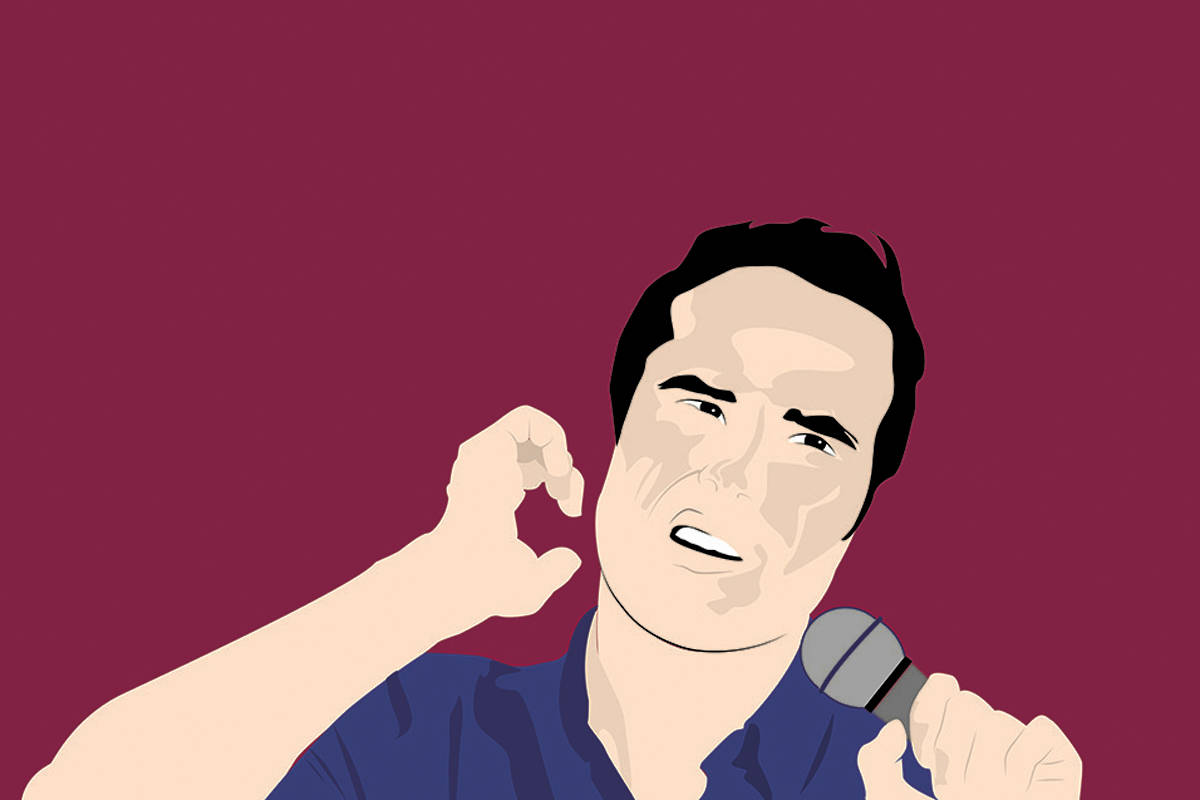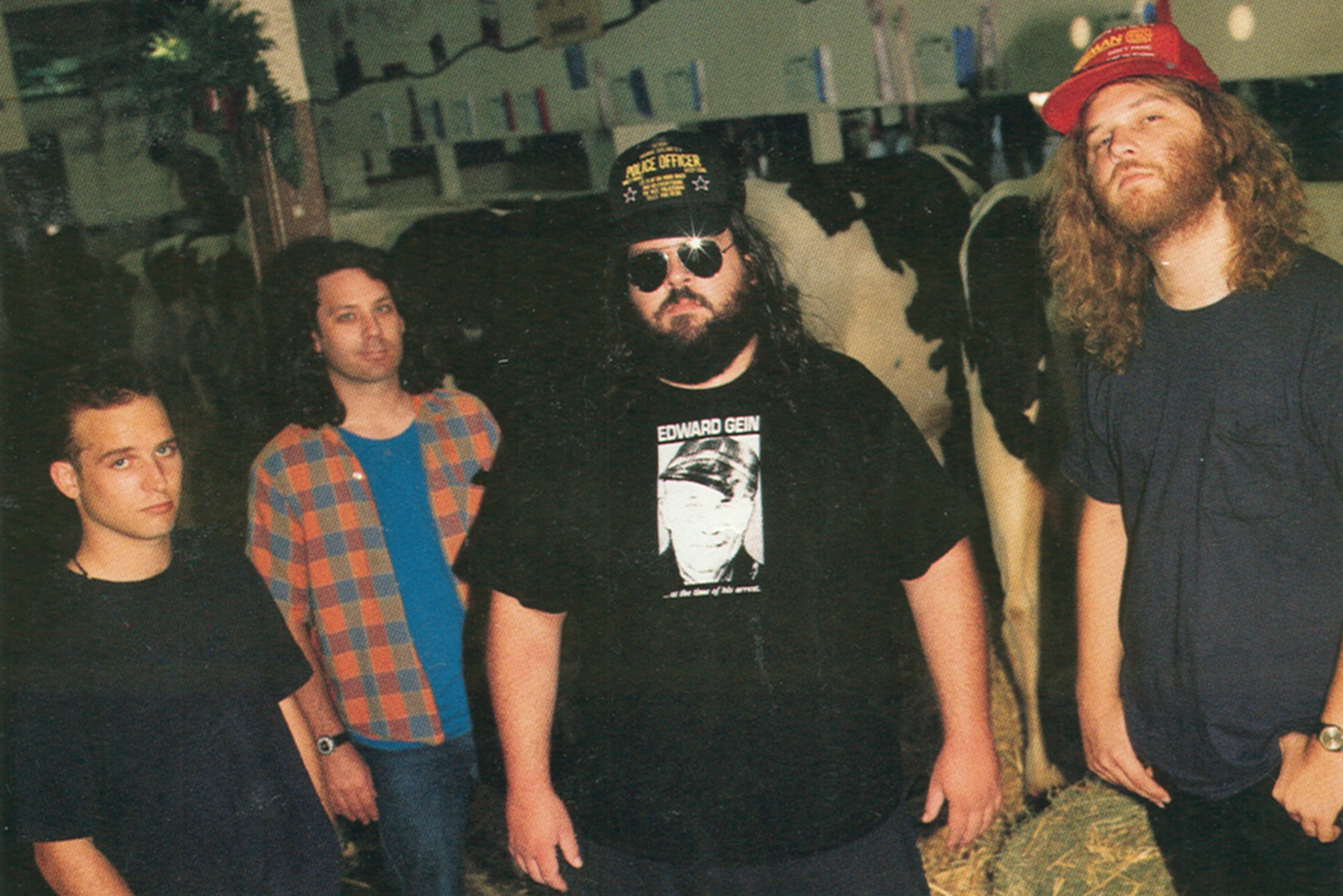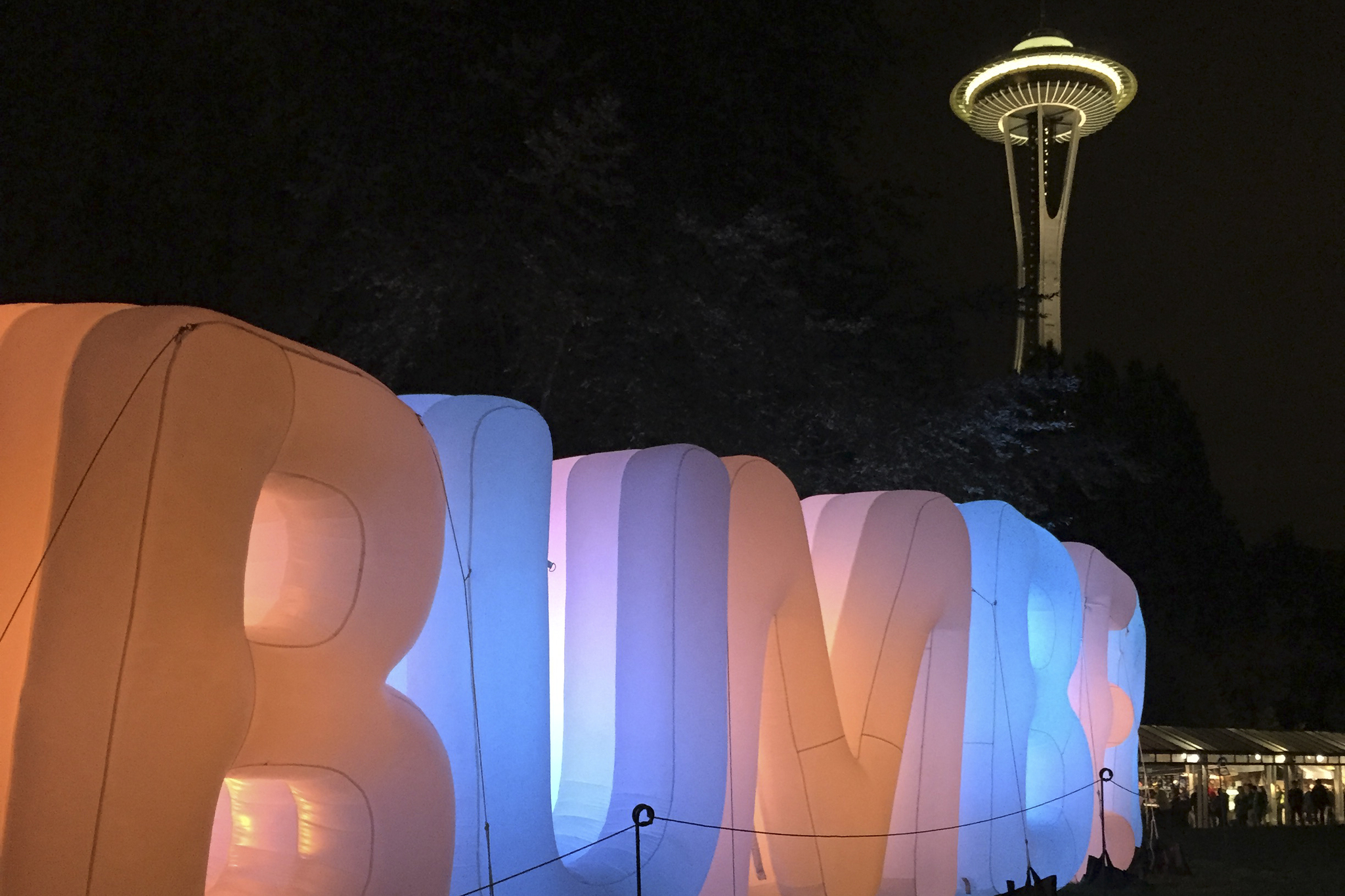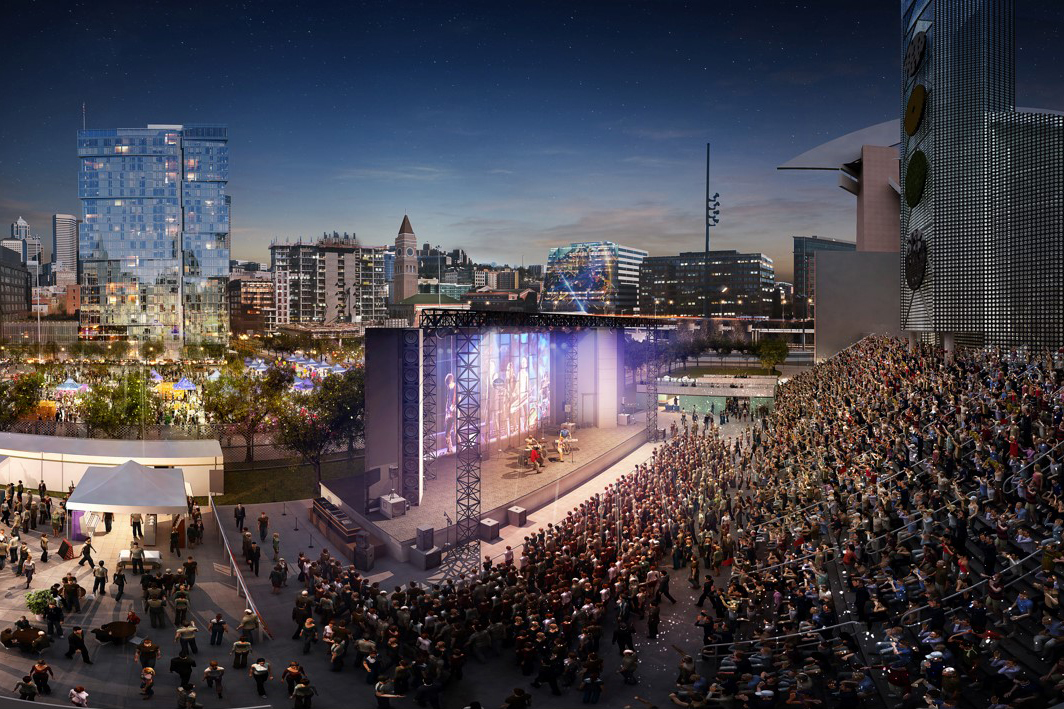For two decades now, Rusted Root have been combining jam band sounds with the colorful rhythms of world music, selling over 3 million albums and building a loyal fanbase along the way thanks to tours with Dave Matthews Band, the Allman Brothers and the Robert Plant and Jimmy Page reunion. The band’s latest album, The Movement, was fan funded and finds the band refocusing on what they do best. For the latest edition of Tell Me About That Album, we chatted with singer-guitarist Michael Glabicki about the record, about the band’s longevity and his free guitar lessons courtesy of Carlos Santana. Rusted Root play the Tractor on Oct. 20th.You fan-funded the record but you’re not putting it out yourselves. Can you explain the fundraising and what that went to if not releasing the record? We started off just making the record on our own. It was a whole process of writing, pre-production and recording and mixing the record. And that we did with fan funding. We had packages that fans could buy into. We had some fans show up in the studio and they got to put hand claps on the record and hang out for a day. And it was good for us because we got to get out of our element a little bit and hang out. After we got done with the record, trying to get it marketed and distributed, we signed with Shanachie.Didn’t you release the last few records on your own though? Why now get a label involved? This record we felt is one that’s hitting real hard with the fans and we just want to try and take it a little bit further. They’ll be releasing it internationally this time and we’ll be doing some big tours.You’ve said the album was “a culmination of everything we have learned, or have tried to learn, over our entire career.” What did you mean exactly? I think it started with the songwriting. I had about 25 or 30 songs that I went through to pick out the songs for the record. On recent past records, I’ve been trying to fit in where I want to go solo with where I want to go with Rusted Root and blending them a little bit. And I felt on this record that I wanted to keep it a pure Rusted Root record.What are the differences between those two things? With the solo stuff, the lyrical content has more say in it and more of a focus on the lyrical content. With Rusted Root, the lyrics are saying what the music is saying and what the rhythms are saying. Also, in the way that we work, our roles are more defined now. I was able to lead the band a little bit more and clarify things better.It’s interesting to hear you say that the roles have become more defined because I would think that after two decades together the roles would be pretty well solidified. We take a lot of pride with experimenting and venturing out to territories that we’re not familiar with, which I think has its downfall too. You can go out and get lost for long periods of time. On this record, we came back and said, “This is what we know we can do and here are some obvious directions for experimenting, but let’s just focus on those things,” which is more than enough to do.Do you feel like you were lost there for a few records? Yeah, sure. Not in a positive or negative way, but yeah.Was there something that happened in the band or personally that led to this collective refocusing? I don’t know really. Maybe getting bored with experimentation, or I should say, over-experimenting. That could be an insecurity in itself, that you need to go out and find this new thing. I think it was just a little confidence to hone in on who we are and what we look like and being OK with who we are.This is the first record that you produced and engineered yourself. How did that go? I’ve always been over the shoulder of producers and engineers, picking up things I liked and disliked. I’ve been studying it for years so to jump in and do it was kind of like cutting out the middleman.Can you talk about the cover art and perhaps explain the concept behind it? The intention behind it was just to be completely spontaneous. The headdresses were something I wanted to do for a while. I could always just imagine making headdresses for everybody. I actually used to be a florist. I really wanted the front cover to be fun and it didn’t have to be anything other than us just having a good time. I like the mud on the glasses. That’s comical for some reason to me.You guys had a bit of commercial success and a run of records for the majors early in your career. Is that kind of larger accessibility important to you, like getting placed in car commercials or movies? I think so. Nowadays you have to do that stuff. I can say that having so much success with movie soundtracks and car commercials has brought a wider audience to us, so in that sense I care about it. And it’s great for us because at our live show now we have 5 and 8-year-olds showing up to hear the songs from “Matilda” or “Ice Age.” It’s part of the creative equation as well as the financial one.Do you remember the first time you played Seattle? Is The Gorge Seattle? I remember playing there with Santana on the H.O.R.D.E. fest. It was ’96 or ’97, before “Supernatural” came out. I remember the first time we showed up to play our first show, and he was like, “Hey, come on up.” So we went up on stage with him and we ended up playing seven songs. He would point to me to take a solo and he would walk offstage and start smoking a cigar and I’d be scared to death. I usually have to hear a song and learn where the key is and figure it out beforehand, but I did alright. Later on, he came up to me and told me the kind of guitarist I was and all these people that he thinks would be great influences for me. He’d actually heard enough of Rusted Root to know what I was capable of doing. He’s kind of a teacher in a way. He’d say, “Hey come on,” and I’d go into his dressing room for a quick guitar lesson every once in a while just to make sure I was progressing.
More Stories From This Author
Capitol Hill Block Party Artist Panel Series 2019
The Capitol Hill Block Party Artist Panel Series 2019 is free (no festival wristband required), all-ages, and takes place from…
By
Seattle Weekly • July 9, 2019 11:10 am
Golden Idols will release new EP
Seattle quartet returns with ‘Uneasy’
By
Seattle Weekly • June 24, 2019 5:30 pm
Travis Thompson, Wolf Parade headline Fisherman’s Village fest
The Everett Music Initiative festival, May 16-18 in Everett, will showcase more than 50 acts.
By
Evan Thompson • March 18, 2019 12:00 pm







